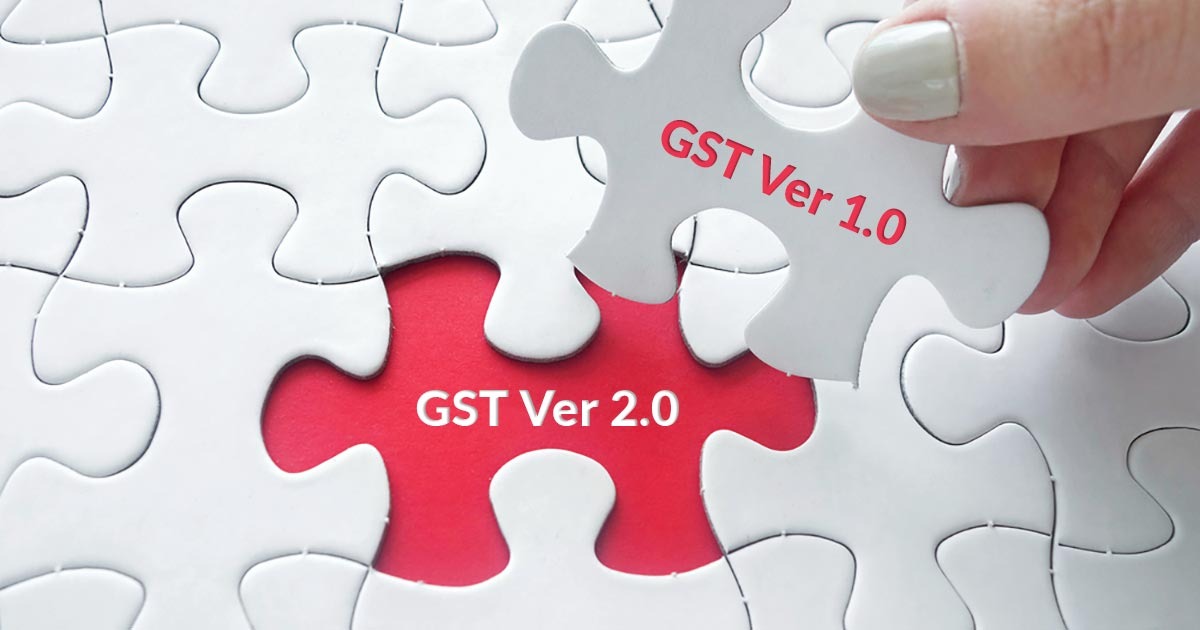 Image Source: BFSI News
Image Source: BFSI News
In a landmark development for India’s financial landscape, S&P Global Ratings has upgraded the country’s long-term sovereign credit rating from BBB– to BBB with a stable outlook. This marks the first upgrade in nearly two decades and is expected to significantly lower funding costs for Indian companies while attracting a wave of foreign capital into the country’s debt and equity markets.
The upgrade, announced on August 15, 2025, is being hailed as a vote of confidence in India’s macroeconomic stability, fiscal discipline, and reform momentum. It places India on par with other emerging market peers such as Indonesia and Mexico, and signals to global investors that the country is a more resilient and attractive destination for long-term capital.
What the Upgrade Means for Indian Companies
The sovereign rating acts as a ceiling for corporate ratings, meaning that many large Indian firms—especially those seeking international funding—have historically been constrained by the country’s lower credit profile. With the upgrade, companies can now access cheaper capital abroad, reducing their cost of borrowing and improving profitability.
Vishal Goenka, Co-Founder of IndiaBonds.com, emphasized that the upgrade will unlock lower international funding costs for large corporates and attract greater foreign portfolio inflows into the bond market. “This is a game-changer for India’s corporate bond market,” Goenka said, noting that government bond yields have already begun to rally on the news.
Foreign Flows Set to Accelerate
Economists and market analysts agree that the upgrade will catalyze foreign capital inflows, particularly into India’s debt market. Sonal Badhan, Economist at Bank of Baroda, stated that the move reaffirms trust in India’s sound fundamentals and growth momentum. “We are likely to see higher FPI inflows this year and a decline in bond yields,” she said.
Madhavi Arora, Lead Economist at Emkay Global, added that the upgrade lowers India’s risk premium and opens the door to new pools of global capital. “This will help India finance its fiscal and current account deficits and trigger positive macroeconomic externalities,” Arora explained.
Impact on Borrowing Costs and Bond Yields
The immediate impact of the upgrade has been a decline in government bond yields, with the benchmark 10-year G-sec yield easing by approximately 8 basis points. Analysts expect yields to range between 6.35% and 6.50% in the near term, making borrowing more affordable for both the government and corporates.
Dinesh Kumar Khara, former Chairperson of State Bank of India, noted that the reduced cost of capital will begin to reflect in corporate operating profits. “This, along with expected rate cuts, will further boost foreign investments,” he said.
Sectoral Implications and Investment Opportunities
The upgrade is expected to benefit sectors with high capital requirements, such as infrastructure, energy, and manufacturing. Sharad Mahendra, Joint MD & CEO of JSW Energy, highlighted that improved credit perception will accelerate investments in renewable energy, storage, and clean technologies.
For fixed-income investors, the upgrade presents an opportunity to reposition portfolios. Experts recommend increasing allocation to short-duration corporate bonds and long-dated government securities, which now offer better yields. A suggested conservative portfolio split includes:
-
40% in AA+/AAA corporates (2–3 years)
-
25% in long-dated G-Secs/SDLs (10+ years)
-
20% in ~1-year FDs for liquidity
-
15% in carefully selected, listed higher-yield corporates
Policy and Fiscal Outlook
The Reserve Bank of India has maintained a cautious stance, keeping the repo rate at 5.50% in August. With July CPI at a multi-year low of 1.55%, analysts expect further rate cuts in FY26, which would complement the effects of the S&P upgrade and support a lower interest rate environment.
The central government has also committed to gradually reducing its debt-to-GDP ratio, signaling intent to maintain fiscal prudence despite increased borrowing capacity.
Global Context and Strategic Significance
The timing of the upgrade is particularly significant as India navigates global trade tensions, including tariff negotiations with the U.S. and geopolitical risks affecting oil prices. Madan Sabnavis, Chief Economist at Bank of Baroda, called the upgrade a “strong message” to the world about India’s economic strength and policy credibility.
Anish Shah, Group CEO of Mahindra Group, echoed this sentiment, stating that the upgrade is a “strong vote of confidence” in India’s disciplined fiscal consolidation and sustained reform momentum.
Sources: MSN, The Hindu Business Line
Advertisement
Advertisement






